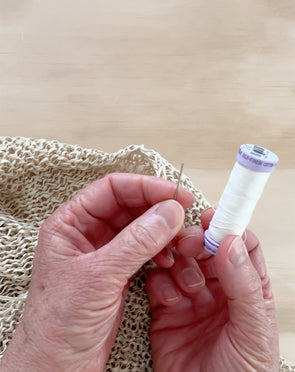Slip, Slip, Knit is one of the most commonly used left-leaning decreases. In the Cocoknits Method they're suggested along the inseam of the sleeve. You may notice that your K2Togs (right-leaning decreases) lie nice and flat but your SSK are a little more pesky. There are a few things you can do to handle this and what option works best depends on how you knit, the yarn you're using, and your project. So it's worth experimenting to see which one you like the best....sometimes you don't even need to use a SSK at all! Here are some alternatives that Julie uses to make her Slip, Slip, Knits a little neater...
Need a SSK overview? You can find it here.





Comments
Thank you very much
I recently discovered method #1, for socks, and like the result. Now I have reference to three more methods! Thank you for writing this!
Thank you – wonderful suggestions! I will be trying these alternatives, since I always feel my ssk’s are too messy
We’re so glad you found them useful! Thanks for letting us know. :)
Thanks for these ideas. I often an disappointed by how the SSK looks in the fabric of the knit, esp in stocking fabric and it depends lots on the yarn being used. I’ll try these alternatives. Again, thanks
Leave a Comment